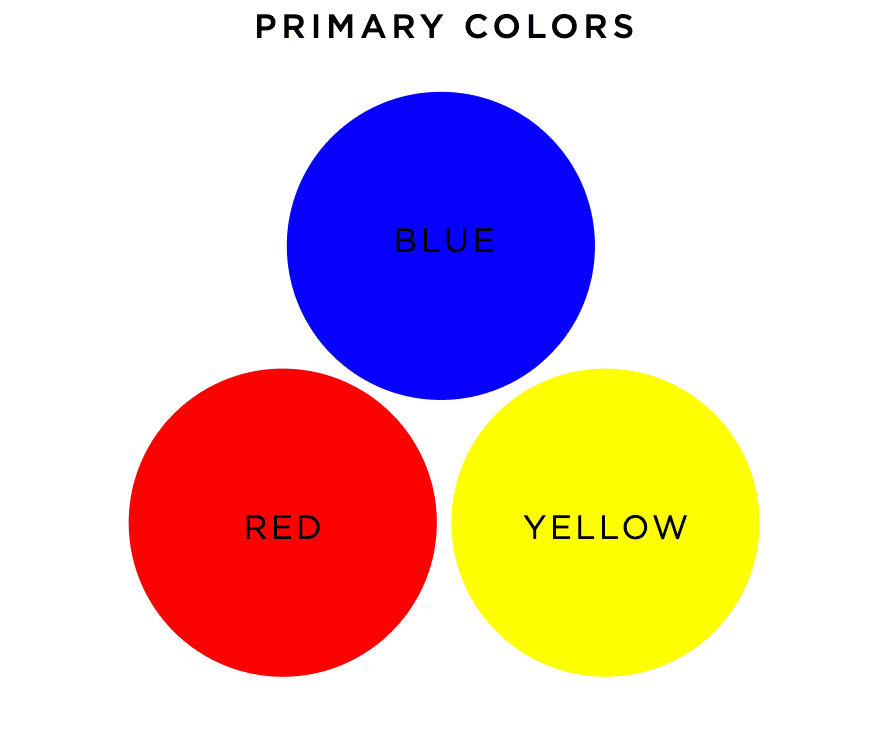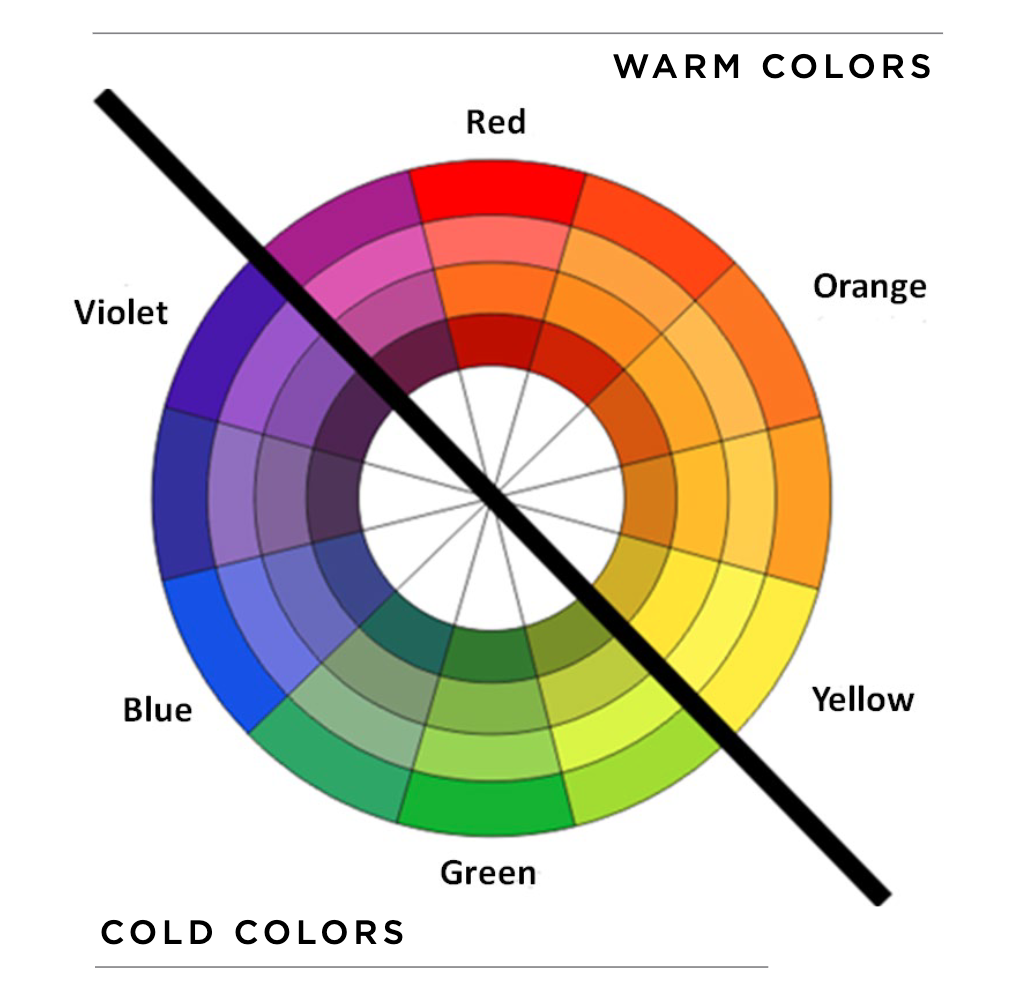
Colorimetry is a science based on physical fundamentals, which help us understand color and coloring inner workings. Our current knowledge regarding colorimetry depends on Newtons’s experiments, dated 1863:
- There are three primary colors able to alert our visual receptors, and those colors cannot be reproduced using other colors
- Mixed together, the three primary colors create an average brown
- Mixed among them, two by two in equal parts, primary colors create secondary colors.
Primary Colors


- Mixing a secondary color with a primary color means creating an intermediate color (also known as tertiary color), following this scheme:

The color sequence achieved in the spectrum is well represented by the color wheel (derivation of the Oswald star): a graphic representation that identifies primary, secondary and tertiary colors immediately, also defining their opposite and complementary ones.
COLD COLORS take half of the wheel: blue, green and violet (translated into hairdresser’s language mean ash, sand and violet). The other half of the wheel is made by WARM COLORS: yellow, orange and red (which stand for gold, copper and red).

The colors on one half of the wheel are completely neutralized by the complementary shades (and symmetrically opposite) to the other half. Colorimetry fundamentals are of the essence both for formulating the color mix that hairdressers apply in their salons, and for correcting possible unwanted reflexes. The color sequence achieved in the spectrum is well represented by the color wheel (derivation of the Oswald star): a graphic representation that identifies primary, secondary and tertiary colors immediately, also defining their opposite and complementary ones.
